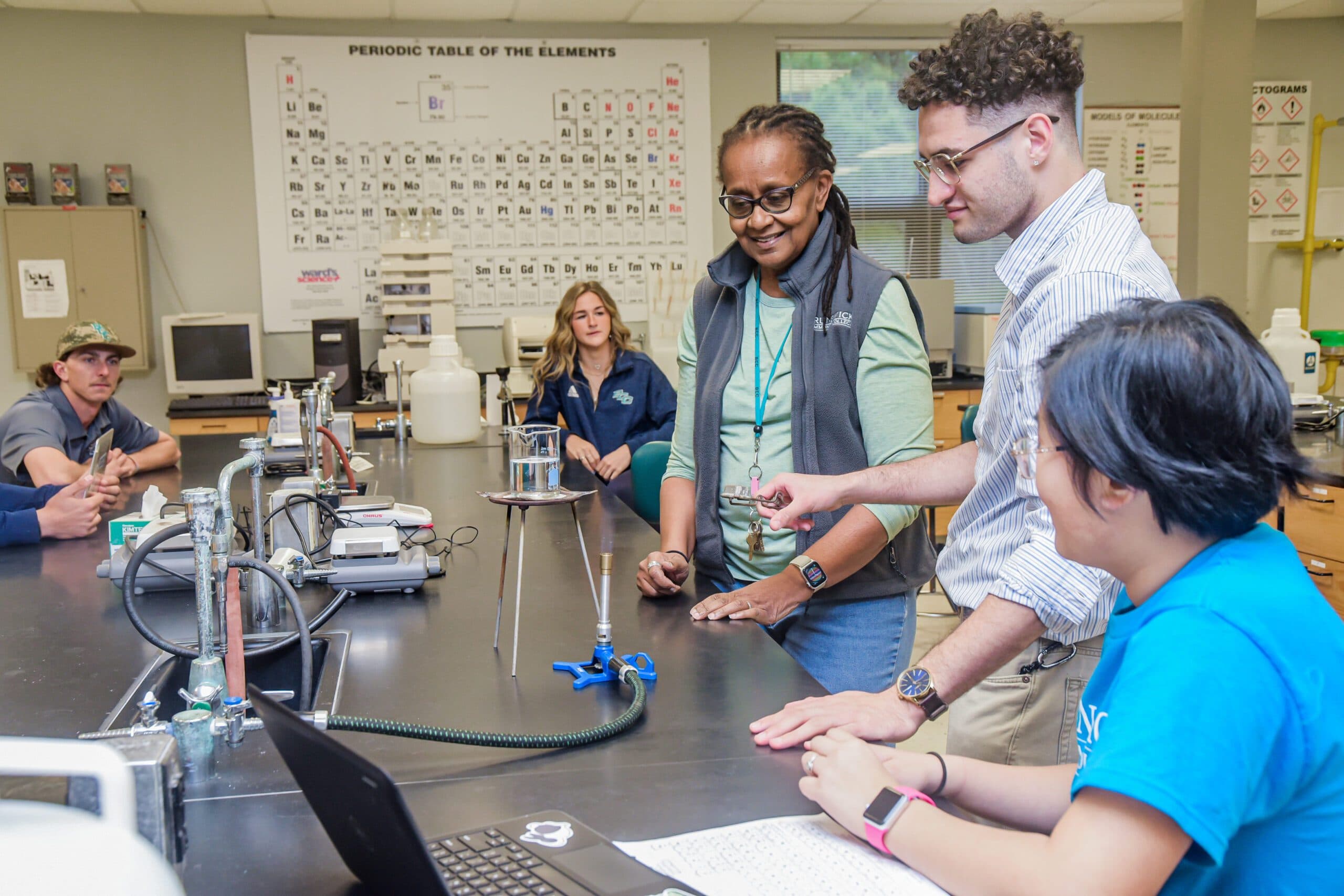NC high school enrollment in community college jumps 12 percent, more than 78,000 now taking tuition-free college courses in K-12

Published: February 22, 2024
North Carolina community colleges saw double digit enrollment increases in the Career and College Promise (CCP) program during the 2022-2023 academic year compared to the previous year, as reported at the State Board of Community Colleges board meeting last Friday.
More than 78,000 students across the state are participating in the dual enrollment program, which provides three pathways to earning college credits or postsecondary credentials.
The Board approved the annual report for CCP and Cooperative Innovative High School (CIHS) programs to the General Assembly, which reported significant milestones. Enrollment in CCP overall increased by 12 percent while the Career and Technical Education Pathway within CCP surged with an increase of 21 percent. The College Transfer Pathway also increased by 15 percent and CIHS enrollment increased by 1.7 percent.
CCP is a dual-enrollment program that allows high school students to complete college courses tuition-free – minimizing the financial burden of college and making higher education a viable option for all students.
“There’s no surprise that participation in dual enrollment continues to increase statewide. CCP offers structured pathways opportunities for high school students to earn credits, credentials, and entry-level jobs skills,” said Dr. Brian Merritt, Senior Vice President and Chief Academic Officer at the North Carolina Community Colleges System. “These tuition-free opportunities are drivers of economic mobility and generational change for high school students and their families.”
 Cooperative Innovative High Schools – also known as early colleges – are small public high schools on college campuses. Students may work toward completion of both a high school diploma and associate degree, transferrable credit, or career certificate. There are 134 Cooperative Innovative High Schools in North Carolina. These schools are limited in terms of their enrollment to 100 per grade level, which is why their enrollment increases are typically smaller than the other two pathways.
Cooperative Innovative High Schools – also known as early colleges – are small public high schools on college campuses. Students may work toward completion of both a high school diploma and associate degree, transferrable credit, or career certificate. There are 134 Cooperative Innovative High Schools in North Carolina. These schools are limited in terms of their enrollment to 100 per grade level, which is why their enrollment increases are typically smaller than the other two pathways.
“ The largest pathway increase we have seen has been in the CTE pathway- these pathways are aligned with our AAS degrees and intended to help prepare students for the workforce,” said Michelle Lair, Director of Academic Programs at the North Carolina Community College System. “Policy changes to expand access helped to increase enrollment in the 19-20 year. COVID caused a dip but not as sharp as other enrollment dips during that time. Since COVID, we have rebounded nicely due to efforts to focus on CTE enrollment, particularly to better align with workforce pipeline needs.”
Lair attributes some of the enrollment surge to strong partnerships with K-12 school districts.
“These partnerships, increased now in strength due to the newly adopted NCDPI CCP Partnership Agreement policy, which lays the foundation for building strong pathways for students out of high school and into postsecondary options,” Lair said. “Our goal is a well credentialed North Carolina, and we make every effort to ensure that CCP is part of the process of growing that number in the state.”
Learn more about CCP.